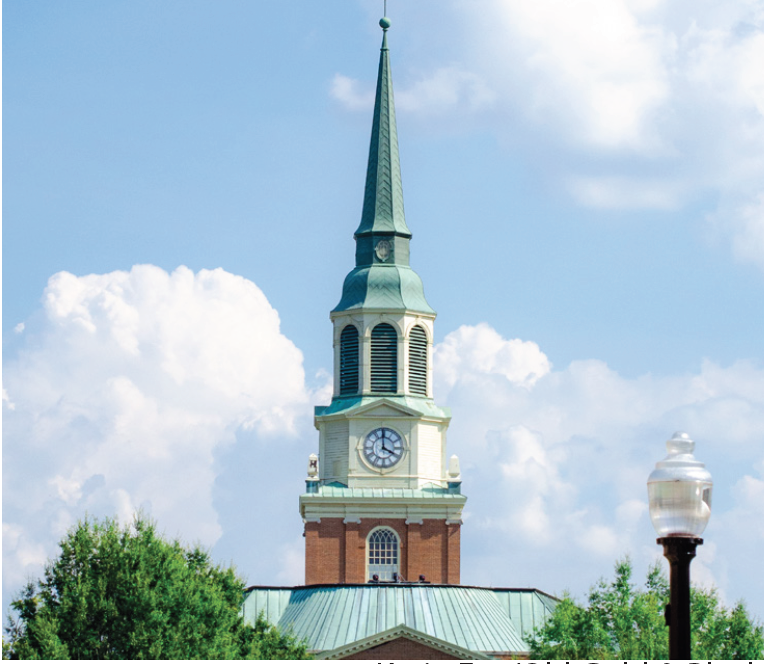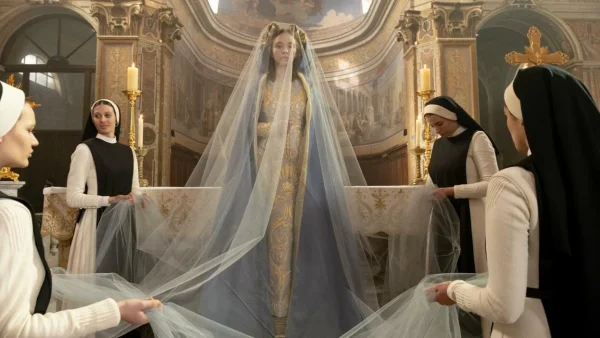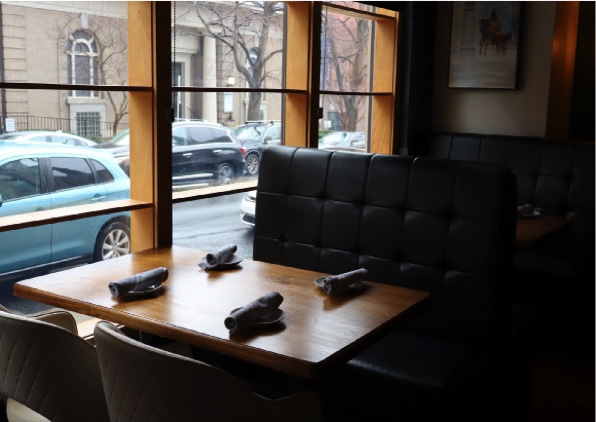Architecure deserves more appreciation as art
Buildings hold more value than just their functional purpose
Last year’s news will inform this year’s decision; catch up below!
March 16, 2022
One thing in life that is grossly underappreciated is the impact of architecture on people. We go about our daily lives to school, work, the gym and dinner before going home to repeat it the next day, often thinking nothing of the thought put behind the structures in which these events occur. These buildings are instrumental to our lives, yet so often we forget about the significance of their existence.
There is meaning behind our homes, government buildings and businesses beyond simply providing necessities like sleep, societal regulation and work.
Architecture is pivotal to how we first view buildings and what is conducted within them. Thus, the style of architecture is very telling to how people view the world and how they decide to live in society. Columns, facades, windowsills, arches, bricks, stories, stained glass and bright colors all tie into what buildings are used for and what they represent to both inhabitants and viewers alike. A home is made for a family; a church is made for worshipers; a school is meant for students.
But why, exactly? Although we have always cared so much about architecture throughout all of human history, no one typically cares to ask why it is so necessary to us as we grow and become modern. There are obvious examples that everyone appreciates, like Hagia Sophia, the New York Public Library, Fallingwater, Monticello, the Eiffel Tower, St. Basil’s Cathedral, Burj Khalifa, the list goes on.
We see these magnificent creations as outgrowths of styles such as Romanesque, Gothic and Baroque. These architectural periods reflect the values of people, and what they hope to inspire at the time. For example, out of the Baroque style came Versailles. On a radically different spectrum, the Guggenheim Museum Bilbao came out of the Postmodern era. These are grand instances of architectural significance, and the importance of these structures should not be underestimated — especially considering people of all races and cultures have been creating since the beginning. Just look at ancient Egyptian temples, the Longmen caves on the Yi River and the Taj Mahal.
However, architecture and building designs serve a greater purpose in mundane life as well. The vaulted ceilings of churches, the bright murals in schools, and the columns of official buildings all have meaning. A church may have such high ceilings to show its followers how it is lifting towards heaven, a school may have murals highlighting the goodness and kindness of the world to its impressionable children.
A government building may have Roman elements like marble ionic columns to signify the ideals of modernity and republicanism.
These would not exist if people only cared about creating structures for the sake of working, surviving and living. There is a purpose to such beautiful creations beyond the objectives of housing a family, selling products or teaching children. These are just a few examples of how beautiful and mystifying architecture can be.
Builders and laborers throughout the centuries have cared about architecture because it is an art that people need. It is not a craving people have, but a necessity that breaks up monotonous life to highlight the beauty of our world and our creativity. It’s a nice thought that people care so much about architecture, even if it’s hard to put a finger on exactly why it’s specifically so necessary or transformative to daily life.
Even if you don’t particularly care for arcades, atriums or facades, the general look of buildings can always be appreciated by people, or in some cases may be dissatisfying to onlookers. That’s why there is such a psychological detriment to living in an ugly, brutalist apartment complex that is produced en masse to lower the cost of living. Living prices have significantly gone up despite this design, while the attention to details beyond necessities for living has often been forgotten in recent years.
The bleakness and inability to add light to such architecture can significantly harm the people living within them. After all, a home is made for a family and if their home is a gray duplex without any windows, a yard or style, then there are major discrepancies to the vibrancy a family should be surrounded by. This is a major problem, especially in the U.S., that needs to be talked about more. Beautiful architecture should not be taken for granted because of this issue.
While I agree that form follows function and that structures primarily serve to fulfill the purposes of their inhabitants, there must also be beauty and meaning behind buildings that showcase their culture and values or else there will be a negative psychological effect on its inhabitants.






















